Rising Demand for Seafood
The shrimp market in the US is experiencing a notable increase in demand for seafood, particularly shrimp, driven by changing consumer preferences. As more individuals seek protein-rich diets, shrimp has emerged as a favored choice due to its versatility and health benefits. According to recent data, seafood consumption in the US has risen by approximately 10% over the past year, with shrimp accounting for a significant portion of this growth. This trend is likely to continue as consumers become more aware of the nutritional advantages of shrimp, including its low fat content and high protein levels. Consequently, the shrimp market is poised to benefit from this rising demand, leading to potential expansions in production and distribution channels to meet consumer needs.
E-commerce Growth in Seafood Sales
The shrimp market is witnessing a transformative shift with the rapid growth of e-commerce platforms dedicated to seafood sales. As consumers increasingly prefer the convenience of online shopping, many seafood retailers are enhancing their digital presence to capture this trend. Recent statistics indicate that online seafood sales have surged by over 25% in the last year, with shrimp being one of the top-selling products. This shift not only broadens the market reach for shrimp suppliers but also allows for better price transparency and consumer access to a variety of shrimp products. As e-commerce continues to evolve, the shrimp market is likely to see further innovations in distribution and marketing strategies, catering to the preferences of tech-savvy consumers.
Health Trends Favoring Lean Proteins
The shrimp market is benefiting from a broader health trend that favors lean proteins as consumers become more health-conscious. Shrimp is often perceived as a healthier alternative to red meats and processed proteins, aligning with dietary preferences that emphasize low-calorie, high-protein foods. Recent data shows that shrimp consumption has increased by approximately 15% among health-focused consumers in the past year. This shift is likely to drive further growth in the shrimp market, as more individuals incorporate shrimp into their diets for its nutritional benefits. Additionally, the industry may see an uptick in product innovation, such as ready-to-cook shrimp meals, catering to the needs of busy, health-oriented consumers.
Innovations in Shrimp Farming Techniques
The shrimp market is currently experiencing advancements in farming techniques that enhance productivity and sustainability. Innovations such as recirculating aquaculture systems (RAS) and biofloc technology are being adopted to improve shrimp yield while minimizing environmental impact. These methods not only increase the efficiency of shrimp production but also address concerns related to water usage and waste management. Recent reports indicate that farms utilizing these advanced techniques can achieve up to a 30% increase in shrimp yield compared to traditional methods. As these innovations gain traction, the shrimp market is likely to see a shift towards more sustainable and efficient farming practices, which could lead to increased supply and lower prices for consumers.
Sustainability Certifications and Consumer Trust
In the shrimp market, sustainability certifications are becoming increasingly vital as consumers prioritize environmentally responsible sourcing. Certifications such as the Marine Stewardship Council (MSC) and the Aquaculture Stewardship Council (ASC) are gaining traction among consumers who are more discerning about their seafood choices. Recent surveys suggest that approximately 60% of consumers are willing to pay a premium for sustainably sourced shrimp. This trend indicates a growing awareness of the environmental impacts of shrimp farming and fishing practices. As a result, suppliers in the shrimp market are likely to invest in sustainable practices to enhance their marketability and build consumer trust, potentially leading to increased sales and brand loyalty.


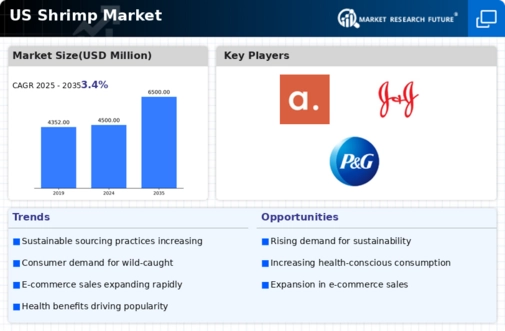

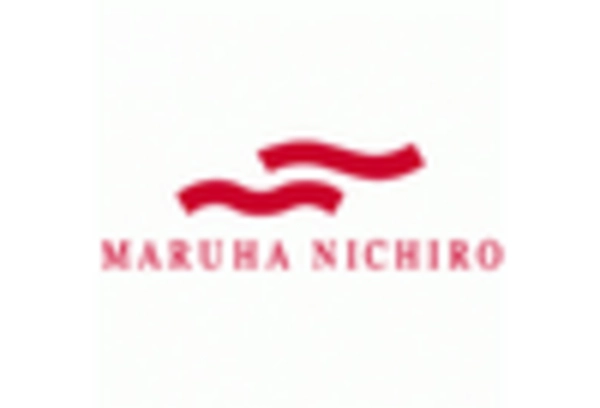
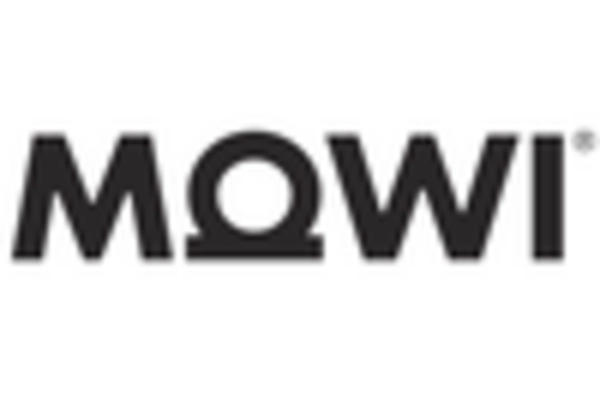

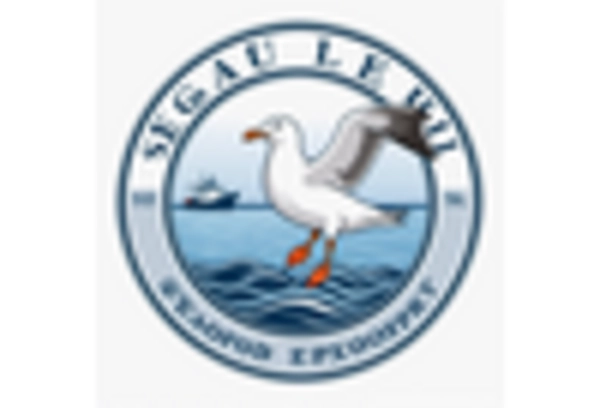
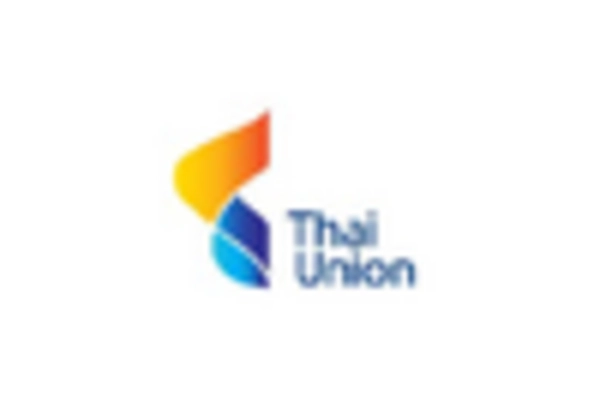








Leave a Comment